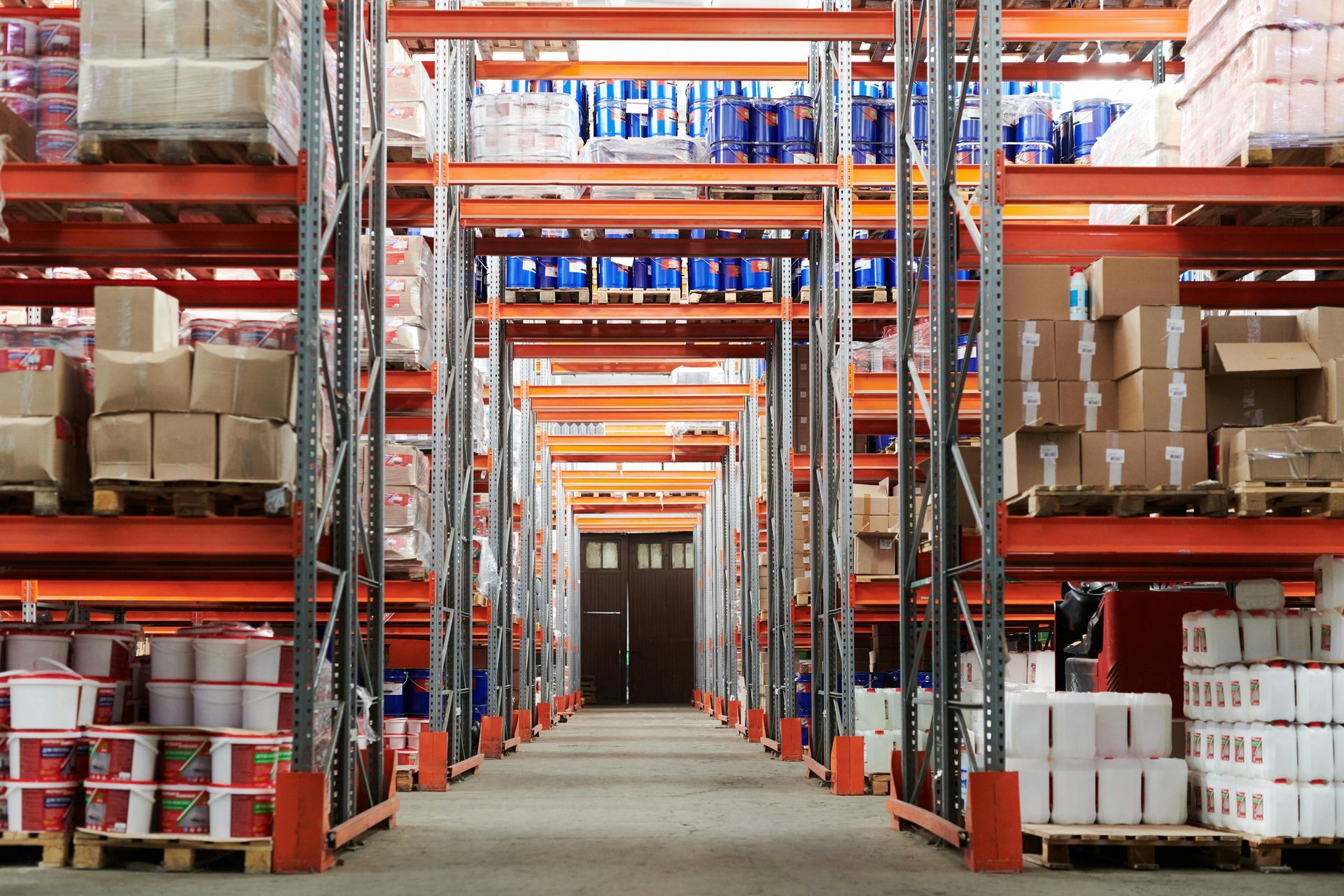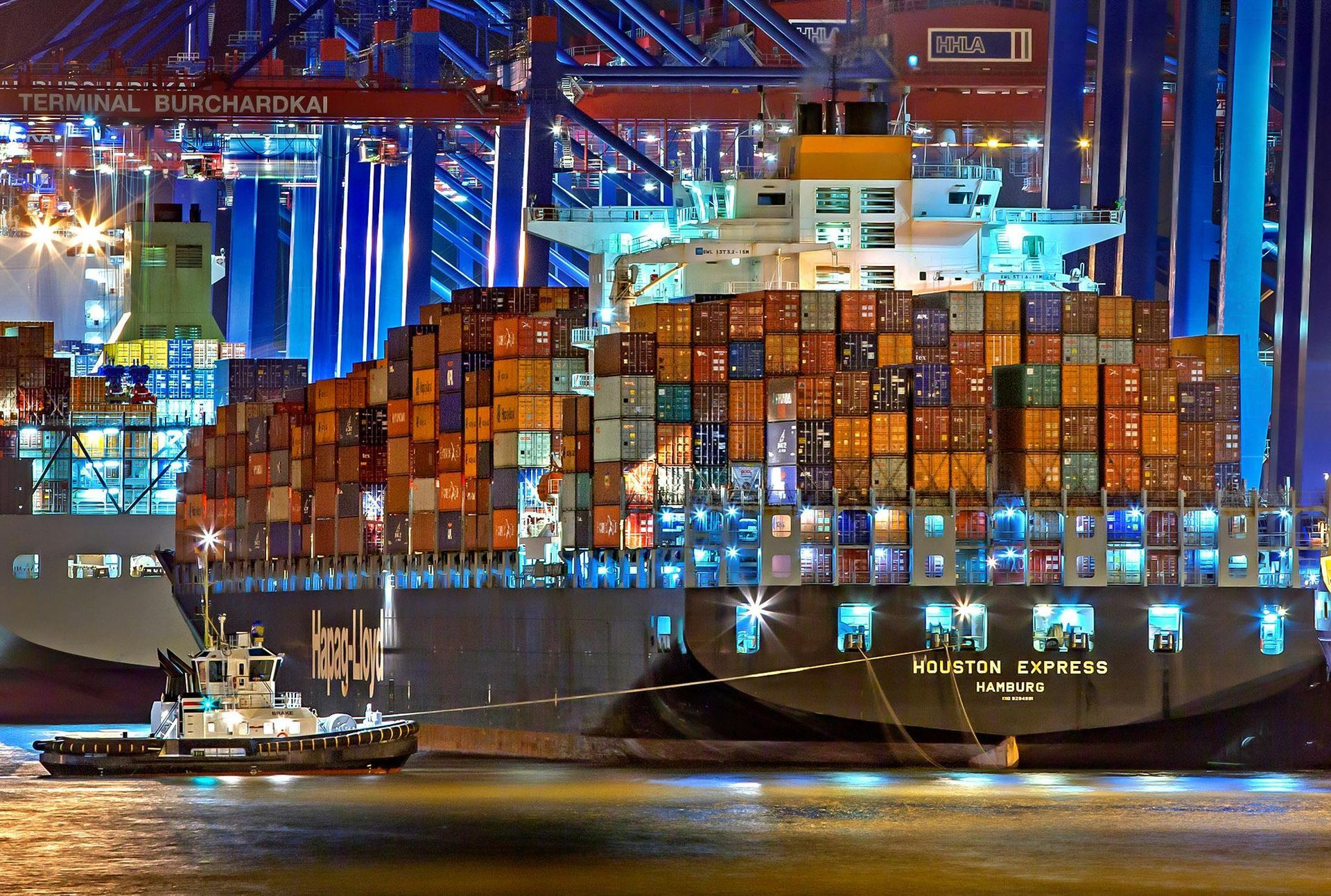Global Tariffs Are Shifting: What It Means for Your Supply Chain
As global trade tensions rise, international tariffs are once again making headlines — and businesses need to stay alert. The United States has recently imposed or proposed new tariffs on key imports from China, especially in sectors like electric vehicles, semiconductors, and critical minerals. Meanwhile, Europe and other trade partners are considering similar moves in response to economic and geopolitical concerns.
What This Means for Your Business
- Higher Costs on Imports
If you're sourcing goods from countries facing new tariffs, expect price increases — either directly through duties or indirectly through suppliers adjusting costs. - Longer Lead Times
Customs delays and documentation requirements may increase, especially for shipments flagged for additional scrutiny under new trade rules. - Shifting Sourcing Strategies
Many companies are beginning to diversify their supply base, shifting manufacturing or procurement to countries not impacted by tariffs (e.g., Mexico, Vietnam, India). - Inventory and Cash Flow Pressure
As tariffs inflate landed costs, businesses may need to re-evaluate inventory levels and renegotiate payment terms to preserve cash flow.
What You Can Do
- Audit your current suppliers and tariff exposure.
- Consider nearshoring or reshoring to reduce risk.
- Explore duty drawback programs or bonded warehouses for mitigation.
- Monitor developments closely — tariffs can change quickly.
At Crafford Solutions, we help businesses navigate complex supply chain challenges, including compliance and risk mitigation around international trade. Reach out to see how we can support your operations in this shifting landscape.




